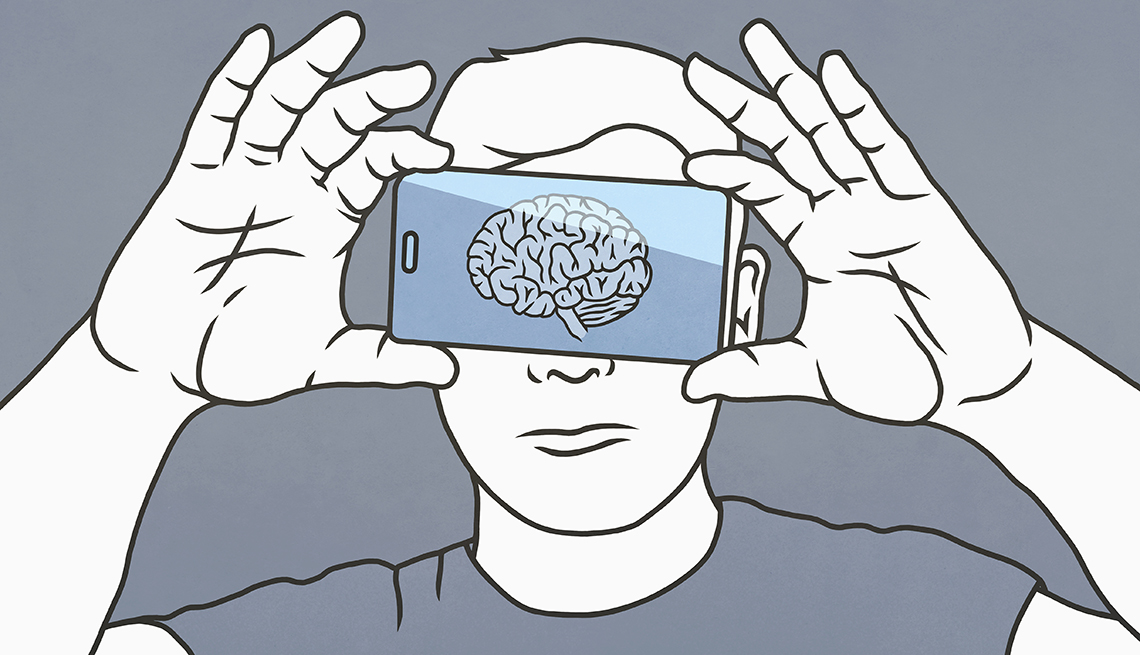Play all audios:
“In addition to the facts we’re all allowing to go by the wayside, some of us are also forgetting some social processes and norms,” says Jon Zilber, 63, a San Francisco area writer and
editor for technology companies. “I find myself dispensing with pleasantries in day-to-day conversation and diving into the details much more quickly, the way many of us do online.” 5.
LIBRARY USE Has it been years since you visited a library? You were a regular when you had to research term papers in high school or college. Now you just ask Google or consult Wikipedia.
With apps such as Libby, you don’t even have to go to the library in person to borrow a book. If you have a Kindle or other e-reader, you may have forgotten what a printed book feels like.
6. GOOD PENMANSHIP Another staple of your educational past was learning cursive. But how can you write neatly anymore when, to put it mildly, you’re out of practice? When was the last time
you sent a handwritten letter or penned anything longer than a shopping list? Your signature is becoming a relic too, thanks in part to that electronic bill paying. While you still must
occasionally use a pen to sign an insurance, legal or other document, more places are accepting digital signatures drawn with a stylus or finger, even if your John Hancock is sloppy or
barely legible. 7. PROPER GRAMMAR Speaking of school days, your fourth-grade English teacher would probably cringe at how people pay little heed to grammar and punctuation when banging out
texts or emails. While the word processor you use includes spellcheck and other tools that may catch mistakes or fix grammatical _faux pas_, finding the problems on your own is becoming a
lost art. 8. MAP READING You still come across folks who swear by printed maps and atlases. But even AAA, which created its first road map in 1905 when it was known as the American
Automobile Association, offers more than 400 maps in a digital version that also can be printed out. Many people have abandoned paper maps or forgotten what it’s like to ask someone for
directions. Instead, GPS navigation can tell you how to get from here to there, and that’s not a bad thing if it helps you avoid a traffic jam. Just hope that your phone doesn’t conk out
before you make it to your destination or you lose the GPS signal. “The problem for seniors nowadays is we know the way it’s always been done,” says Gary Arlen, a semiretired technology and
communications researcher in Bethesda, Maryland. “Anytime we’re digital immigrants versus digital natives, we’ve got to relearn how to do things.” And then continue to remember both ways.
_This story, originally published July 25, 2022, was updated to add information from a study in the August 2022 issue of a medical journal._

